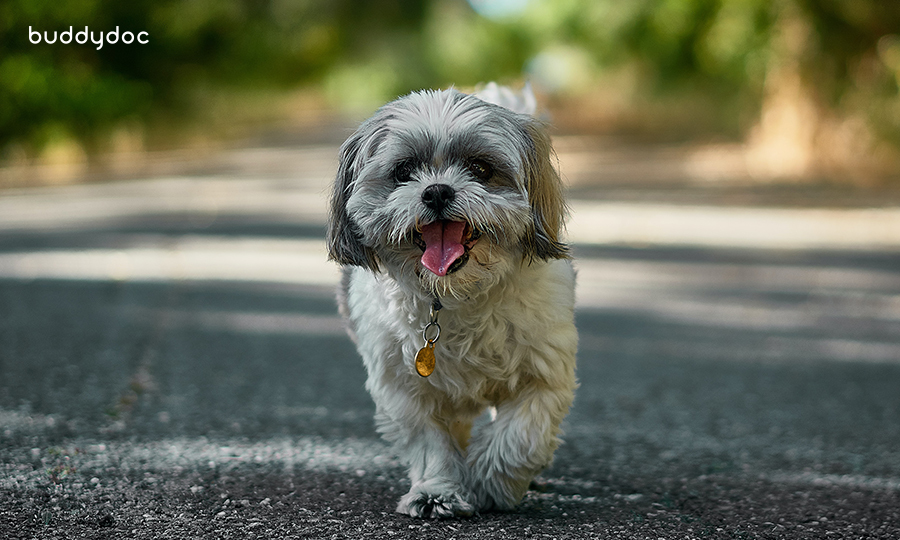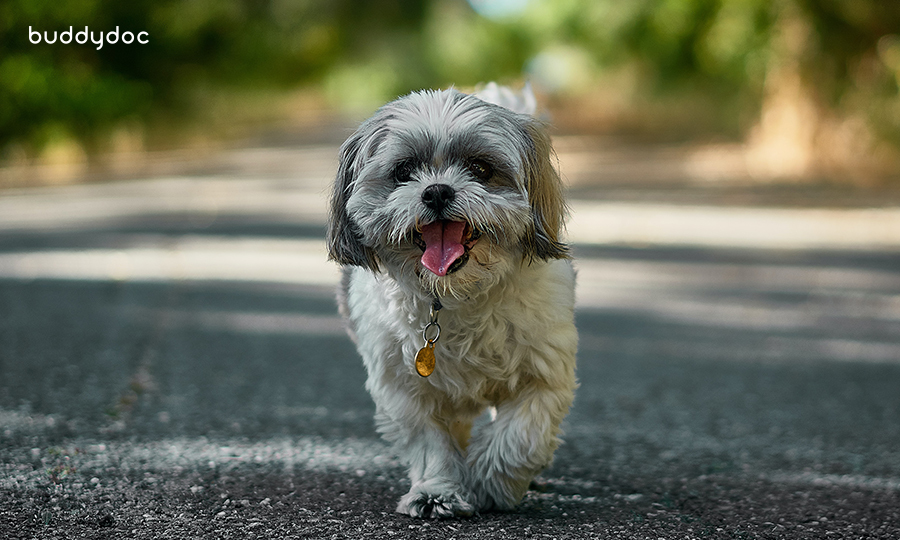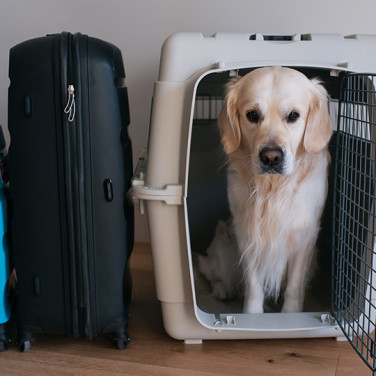ARTICLE
How Often Should You Walk Your Dog? - The Perfect Dog Walking Routine
페이지 정보
본문


How often should you walk your dog?
As a responsible pet parent to your pup, you will need to provide adequate daily exercise to ensure the healthiest and happiest outlook in life. But have you ever wondered how often you should walk your dog? Finding the perfect walking routine can be a bit confusing with varying opinions out there. In this comprehensive guide, we will help you navigate this topic and provide expert insights to determine the ideal frequency for your dog's walks.
Understanding your dog's exercise needs
To establish the perfect walking routine for your dog, consider their energy level and breed characteristics. Observe your dog's behavior to determine if they are energetic or more laid-back, and adjust the frequency and duration of walks accordingly. Additionally, take into account your dog's age, breed, size, and health considerations when planning their exercise routine.
Experts agree that regular walks are essential for dogs. Aim for at least one or two walks per day, totaling up to 15-30 minutes minimum every day. Regular walks provide numerous benefits, including weight management, mental stimulation, and socialization opportunities. By tailoring the routine to your dog's individual needs, you can ensure they receive the right amount of exercise for their well-being.
How much exercise does a puppy need?
It is first important to ensure that your puppy has received their full vaccinations before taking them out for a stroll. If your puppy has not finished their full series of vaccines, it is best to avoid unfamiliar dogs and take the unbeaten path to socialize your puppy. As for how much exercise your growing puppy needs, it is recommended to take them out for short but frequent walks. You want to build a good exercise tolerance with your dog as they grow into their adult age.
What is exercise tolerance in dogs?

Exercise tolerance in dogs refers to their ability to handle physical activity without experiencing fatigue or discomfort. It's crucial to start with a gentle approach and gradually increase the amount of exercise week by week. By slowly building up your dog's stamina and conditioning their body, you can help them avoid injuries and pain later in their life. This approach ensures that their exercise routine is safe and sustainable, allowing them to gradually improve their exercise tolerance over time.
Signs your dog may need more exercise
Your dog may give you cues that they need more physical activity. Keep an eye out for behavioral signs such as restlessness, excessive barking, or destructive behavior. These behaviors often indicate pent-up energy that can be released through more exercise. Physical cues like weight gain, decreased muscle tone, or joint stiffness may also indicate the need for increased activity. If you notice any of these signs, it's a clear indication that your dog could benefit from more frequent walks or engaging in additional activities.
Tips for walking dogs in cold weather

It's essential to adapt your dog walking routine to the challenges presented by different seasons. Winter and summer bring unique considerations that require special attention to ensure the safety and well-being of your pup’s paws. Consider the following tips when taking your dog on walks during the different seasons and climates of the year.
-
Dress for the cold
When venturing out for a walk in winter, it's crucial to protect your dog from the cold temperatures. Consider dressing your dog in a cozy coat or sweater to provide an extra layer of warmth. Pay special attention to sensitive areas like paws and ears, using boots and ear covers to shield them from frostbite.
-
Safety precautions on icy surfaces
Icy sidewalks and roads can be treacherous for both you and your dog. Use pet-friendly ice melt on your property and stick to well-cleared paths. Avoid letting your dog walk on frozen lakes or ponds, as the ice may not be strong enough to support their weight.
-
Managing exposure to cold temperatures
While it's important to provide exercise for your dog, be mindful of the duration spent outdoors during extremely cold weather. Monitor your dog for signs of shivering, weakness, or disorientation, which could indicate hypothermia. Limit outdoor time and provide a warm and cozy shelter for your dog to retreat to when they need a break from the cold.
Exercise you can provide in the safety of your own home
In addition to regular walks, there are other ways to keep your dog active and mentally stimulated when the outdoor conditions are not good for a nice stroll. Interactive playtime is an excellent option to engage your dog's mind and body. Incorporate toys and puzzles that encourage physical activity and problem-solving.
Tips for walking dogs in hot weather
-
Time walks for cooler temperatures
Hot pavement can cause burns to your dog's paw pads. Schedule your walks during the cooler parts of the day, such as early morning or late evening, to minimize the risk of damaging their paw pads. Before heading out, check the pavement temperature by placing the back of your hand on it. If it feels too hot for your hand, it's too hot for your dog's paws.
-
More frequent water breaks
Staying hydrated is crucial for your dog during hot summer walks. Carry a water bottle and a collapsible bowl to provide regular water breaks for your thirsty pup. Take breaks in shaded areas where your dog can rest and drink water to cool down.
-
Protecting against heat-related issues
Be aware of the signs of heat exhaustion or heatstroke in dogs, such as excessive panting, weakness, or vomiting. If you notice any of these symptoms, find a shaded area, offer water, and contact your veterinarian immediately.
Conclusion
Establishing the ideal walking routine for your dog year-round is a key aspect of their overall well-being and being a responsible dog parent. By understanding your dog's exercise needs and paying attention to key signs, you can create a walking routine that suits their lifestyle perfectly. Remember to consult with your veterinarian to ensure you're meeting your dog's specific requirements and embrace the joy of regular walks with your adorable pup! Cherish the time spent together and witness the positive impact on your furry best friend's health and happiness.
Read more on the Buddydoc blog page!

Buddydoc provides a weekly updated blog to keep you informed on the latest and best ways to prepare and take care of your pet all year round. Check out more articles you may be interested in!













